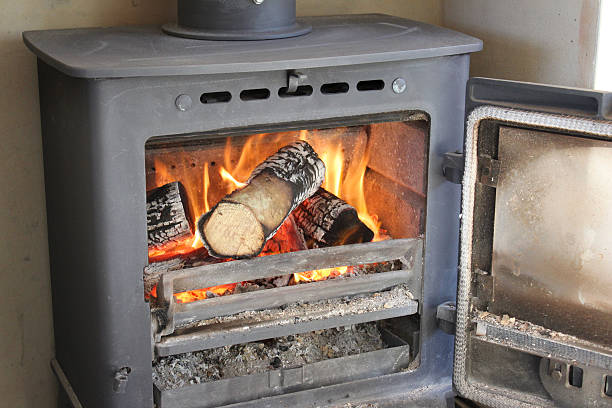28.11.2023
Fitting a Wood Burning Stove with Back Boiler to Existing Central Heating System
Employment & HR
The Neonatal Care (Leave and Pay) Act 2023, which came into effect on April 6, 2025, provides new rights to leave and…
Employment & HR
Lets face it, I’m not your priority. But will you be...
Lets face it, I’m not your priority. But will you be mine when...↳A sex discrimination claim surfaces because you…
Employment & HR
⚠️ I lied. I’m not a HR consultant.
⚠️ I lied. I’m not a HR consultant. Let me tell you who I really am.Let’s be real - “Consultant” has become a buzzword…
More Articles
Training and Development
STAY AHEAD WITH PROPELLER LEASING
September 2025 registrations are now available – giving your business the opportunity to upgrade its fleet with the…
Employment & HR
⚠️ I lied. I’m not a HR consultant. Let me tell you who I...
⚠️ I lied. I’m not a HR consultant. Let me tell you who I really am.Let’s be real - “Consultant” has become a buzzword…
Business Management
Get Set to Support Apprenticeships
At Get Set UK we have a full range of Apprenticeship Programmes that are all Fully Government Funded, and two options…
Would you like to promote an article ?
Post articles and opinions on Professionals UK
to attract new clients and referrals. Feature in newsletters.
Join for free today and upload your articles for new contacts to read and enquire further.









